ISO 50001 certification of the energy management system
ISO 50001 Certification
The 50001 standard is the most widely used corporate energy management standard worldwide. The certification of an Energy Management System according to ISO 50001, helps companies to have an energy policy and to properly manage the energy issues derived from their core business. The ISO 50001 Certification provides organizations with the necessary tools to identify the most energy-consuming activities that can lead to energy and therefore economic inefficiencies. Once these inefficiencies are identified, organizations activate a plan of measures to minimize the energy consumption of their own facilities, seeking maximum energy efficiency and contributing to a more efficient and sustainable use of energy. The improvements of this energy management system are:
- Structural improvements: Like the rest of the ISO standards, the 50001 standard has a high-level structure, which facilitates alignment with other management systems, allowing companies to integrate them.
- Focus on continuous improvement: Continuous improvement is a key factor of an energy management system, using the information derived from the analysis and evaluation of the system.
- Business orientation: The standard focuses on the business, thanks to the implementation of a strategic and tactical management system.
- Energy efficiency: Iso 50001 enhances the ability to seek energy performance improvement through benchmarking indicators.
- Recommended phases for iso 50001 certification. Plan, Do, Analyze and Act: The phases that complete the ISO 50001 ISO 50001 follow the PDCA (Plan-Do-Check-Act) system.
Enterprise Asset Management and ISO 55001 Implementation
The challenges to maximize business results require a correct asset management, performing a method of analysis and systematic control of those critical processes of the company. From Grupo Trebol Energía we understand the importance of implementing the ISO 55001 standard in every company for a constant improvement of asset management, setting clear objectives through optimization strategies and establishing clear policies for energy management, thereby achieving the expected results. Our team of experts provides comprehensive advice on asset management and energy audits.
ISO 55001 Standard
ISO 55001 establishes the essential requirements of any asset management system. The standard seeks a structured and efficient process that leads to a better performance of any asset of the organization: cost management, performance and risk reduction. It is also complemented by other asset management standards, ISO 55000, which proposes the introduction, principles and terminology, and ISO 55002, which establishes the guidelines for the application of ISO 55001.
Advantages of the ISO 550001 asset management system
Although ISO 550001 is not mandatory for all organizations, implementing quality standards projects greater credibility in the sector and makes organizations more competitive. Compared to ISO 55001, it offers other advantages:
- Improves the reliability of the services and assets offered to customers.
- Contributes to other necessary management: occupational health and safety, energy efficiency, environmental.
- Reduces operating risks. Therefore, it improves financial performance.
- Optimizes decision making and investment in assets.
- It strives for sustainability and business development.
Who is ISO 55001 aimed at?
ISO 55001 is aimed at any organization, but the main users include companies from:
- Utilities.
- Electric Power Generation.
- Telecommunications.
- Operation of Electrical Networks.
- Petrochemicals.
- Infrastructure.
- Transportation.
- Mining.
- Hydrocarbons and gas.
Some important definitions:
- ISO 50001 Energy Audit: This is a systematic evaluation of an organization's energy use and consumption, conducted in accordance with ISO 50001 standards. The main objective of an energy audit is to identify opportunities for improvement in energy efficiency, thereby reducing energy consumption and associated costs. This audit can be a requirement for certification under ISO 50001 or a tool for the maintenance and continuous improvement of an existing energy management system.
- ISO 50001 requirements: ISO 50001 requirements focus on the establishment, implementation, maintenance and improvement of an energy management system (EMS). This includes the need for an energy policy, objectives and targets for improving energy efficiency, data on energy use and consumption, and continuous review of the system to seek improvements. The standard also requires top management commitment, identification of significant areas of energy consumption and implementation of actions to reduce energy consumption.
- ISO 50001 AENOR: AENOR (Spanish Standardization and Certification Association) is a certification body that validates the compliance of organizations with the ISO 50001 standard in Spain. AENOR's ISO 50001 certification demonstrates that an organization has implemented an effective energy management system in accordance with the requirements of the international standard ISO 50001, which can help organizations improve their energy performance, reduce costs and comply with legal obligations and other requirements.
- UNE-EN ISO 50001: This term refers to the adoption and adaptation of the ISO 50001 standard in the European and Spanish framework. UNE (Una Norma Española) indicates that it is an official standard in Spain, and EN (European Norm) indicates its conformity with European standards. The UNE-EN ISO 50001 is, therefore, the version of the ISO 50001 standard that has been officially adopted in Europe and Spain, and which follows the same principles and structure of the international standard.
Contact us at
Deciding to implement and develop an asset management system is a key decision for your company, regardless of its size. It is a process of constant improvement that will have a direct impact on the development and competitiveness of any organization. In Trebol Energia we offer specialized advice. Our team is qualified to guide the implementation of ISO 50001 with the design of an asset management system according to your needs.
ISO 50001 is an energy management standard that helps companies establish an energy policy and efficiently manage energy issues related to their core business. It allows to identify activities that consume more energy, implement measures to improve efficiency and contribute to a more sustainable and economical use of energy.
The ISO 50001-based energy management system offers structural improvements by aligning with other management systems, encourages continuous improvement through system analysis and evaluation, has a business-oriented approach, seeks energy efficiency through benchmarking, and follows the Plan, Do, Analyze, Act (PDCA) cycle for effective management.
ISO 55001 establishes the essential requirements for asset management in an organization. It helps to improve asset performance, reduce costs, reduce risks and optimize decision making and investments in assets. It also promotes the reliability of the services offered, contributes to other management areas such as occupational health and safety and energy efficiency, and fosters sustainability and business development.
The implementation of ISO 55001 projects greater credibility in the industry, improves the reliability of services and assets for customers, contributes to other management areas such as occupational health and safety and energy efficiency, reduces operational risks, optimizes decision making and asset investments, and promotes sustainability and business development, resulting in improved financial performance.
ISO 55001 is aimed at a variety of organizations, but the main users include utilities, power generation, telecommunications, power grid operation, petrochemical, infrastructure, transportation, mining, oil and gas. However, any organization can benefit from its implementation for effective asset management.




